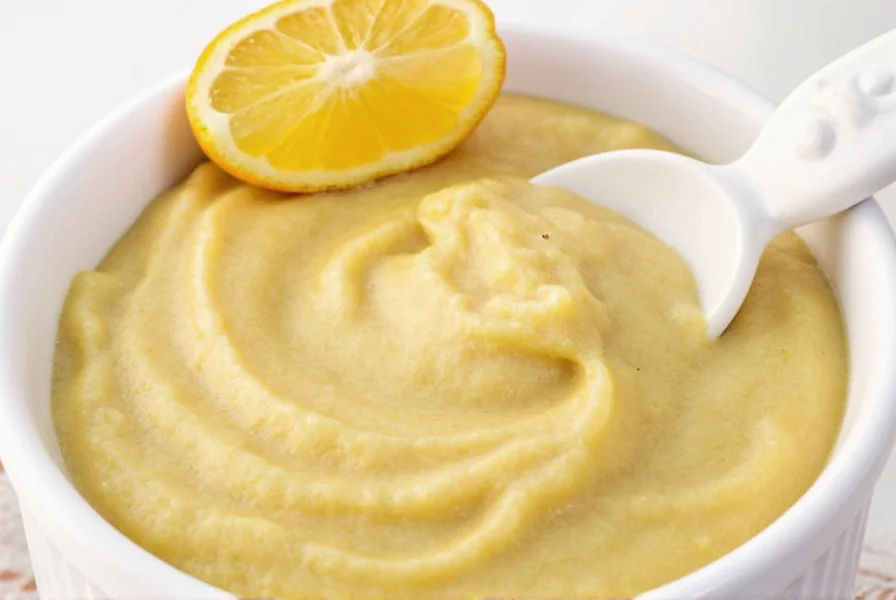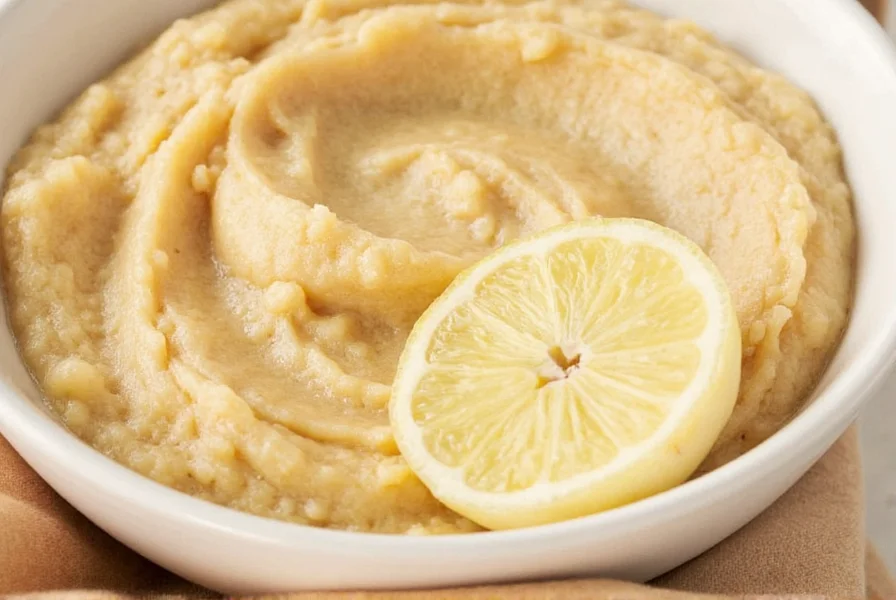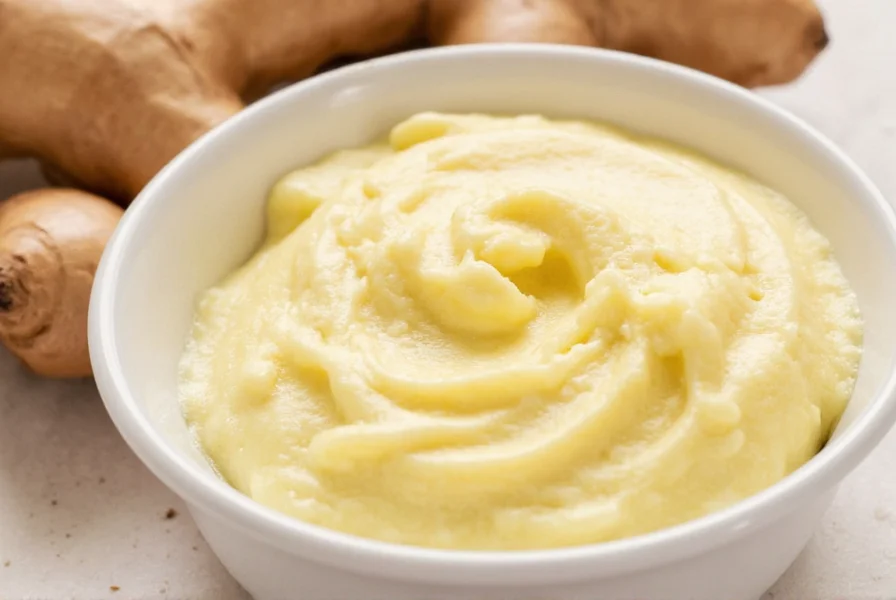Creating ginger root paste at home transforms the fibrous rhizome into a convenient, shelf-stable ingredient that enhances both flavor profiles and potential wellness routines. Unlike dried ginger powder, fresh paste retains volatile oils and enzymes that degrade during dehydration, making it superior for certain applications. Professional chefs and home cooks alike value this preparation method for its consistency and ease of incorporation into sauces, marinades, and beverages.
The Science Behind Ginger Root Paste
Ginger (Zingiber officinale) contains over 100 bioactive compounds, with gingerols being the most studied. When converted to paste, the mechanical processing ruptures cell walls, increasing the availability of these compounds. Research published in the Journal of Food Science indicates that fresh ginger paste maintains 30% higher gingerol concentration compared to powdered forms after six months of proper storage.
How to Make Ginger Root Paste at Home
Creating professional-quality ginger root paste requires minimal equipment and preserves maximum freshness. Follow this tested method for optimal results:
- Peel 500g fresh ginger rhizomes using a spoon to avoid wasting flesh
- Cut into 1-inch cubes for consistent processing
- Add to food processor with 2 tablespoons filtered water or lemon juice
- Pulse until smooth, scraping sides periodically
- Store immediately using recommended methods below
| Ingredient Ratio | Texture Result | Best For |
|---|---|---|
| 500g ginger : 15ml liquid | Thick paste | Curries, spice blends |
| 500g ginger : 30ml liquid | Medium consistency | Marinades, dressings |
| 500g ginger : 45ml liquid | Thin paste | Smoothies, beverages |
Optimal Storage Methods for Ginger Root Paste
Preserving ginger root paste requires understanding its enzymatic degradation pathways. The following storage techniques maintain quality based on intended usage timeline:
- Refrigeration: Store in airtight container with surface pressed flat and covered with neutral oil. Lasts 3 weeks.
- Freezing: Portion into ice cube trays, then transfer to freezer bags. Maintains quality for 6 months.
- Vacuum sealing: Removes oxygen that accelerates oxidation. Extends refrigerated shelf life to 5 weeks.

Culinary Applications and Flavor Pairing
Ginger root paste offers distinct advantages over powdered ginger in specific applications. Its fresh, bright flavor profile works particularly well in:
- Asian stir-fry sauces where immediate flavor release is crucial
- Marinating proteins (the enzymes help tenderize meat)
- Golden milk and wellness beverages
- Baking recipes requiring moist ingredients
When substituting for fresh ginger, use a 1:1 ratio by volume. For powdered ginger replacement, use three parts paste to one part powder due to moisture content differences. This ginger root paste vs powder comparison ensures recipe success.
Evidence-Based Health Considerations
While not a medical treatment, ginger root paste contains compounds studied for various wellness applications. Clinical research suggests potential benefits when consumed appropriately:
- Digestive support: 1-2 teaspoons in warm water may ease occasional discomfort
- Nausea management: Studies show 1g ginger may help with motion sickness
- Anti-inflammatory properties: Regular moderate consumption may support wellness routines
Consult healthcare providers before using ginger root paste for specific health concerns, especially if taking blood thinners or managing diabetes. The ginger root paste for nausea application shows promise but requires proper dosage.
Quality Assessment and Troubleshooting
Fresh ginger paste should maintain a vibrant yellow-orange color and pungent aroma. Discard if you notice:
- Grayish discoloration indicating oxidation
- Mold growth (even small spots)
- Sour or fermented smell
- Separation that doesn't reincorporate when stirred

Seasonal Availability and Selection Tips
For optimal fresh ginger paste recipe results, select firm rhizomes with smooth skin and minimal wrinkles. Winter-harvested ginger typically contains higher gingerol concentrations. Avoid pre-cut ginger for paste making, as oxidation begins immediately after cutting.
Frequently Asked Questions
How long does homemade ginger root paste last in the refrigerator?
Properly stored in an airtight container with a thin layer of oil covering the surface, ginger root paste maintains quality for 2-3 weeks in the refrigerator. The oil barrier prevents oxidation that causes flavor degradation. Always use clean utensils when accessing the paste to prevent contamination.
Can I use ginger root paste instead of fresh ginger in recipes?
Yes, ginger root paste substitutes perfectly for fresh ginger in a 1:1 ratio by volume. The paste offers more consistent flavor distribution in liquids and sauces. For recipes requiring visible ginger pieces, you may want to reserve some fresh ginger for garnish while using paste in the cooking process.
What's the difference between ginger paste and ginger powder?
Ginger root paste retains fresh ginger's volatile oils and enzymes that degrade during the drying process required for powder. Paste offers brighter, more complex flavor with higher gingerol content. Powder provides more concentrated heat with longer shelf life but lacks the nuanced flavor profile. For the ginger root paste vs powder comparison, use paste when fresh flavor matters and powder when shelf stability is priority.
How much ginger root paste equals one fresh ginger knob?
One standard ginger knob (about 2 inches long) yields approximately 1 tablespoon of ginger root paste. When following recipes that specify "one knob," this how to make ginger root paste at home conversion ensures proper flavor balance without overwhelming other ingredients.
Does freezing ginger root paste affect its health benefits?
Properly frozen ginger root paste maintains 90% of its bioactive compounds for up to six months. The key is flash-freezing in portion-sized cubes before transferring to airtight packaging. This homemade ginger paste shelf life preservation method prevents ice crystal formation that damages cellular structures and degrades beneficial compounds.











 浙公网安备
33010002000092号
浙公网安备
33010002000092号 浙B2-20120091-4
浙B2-20120091-4